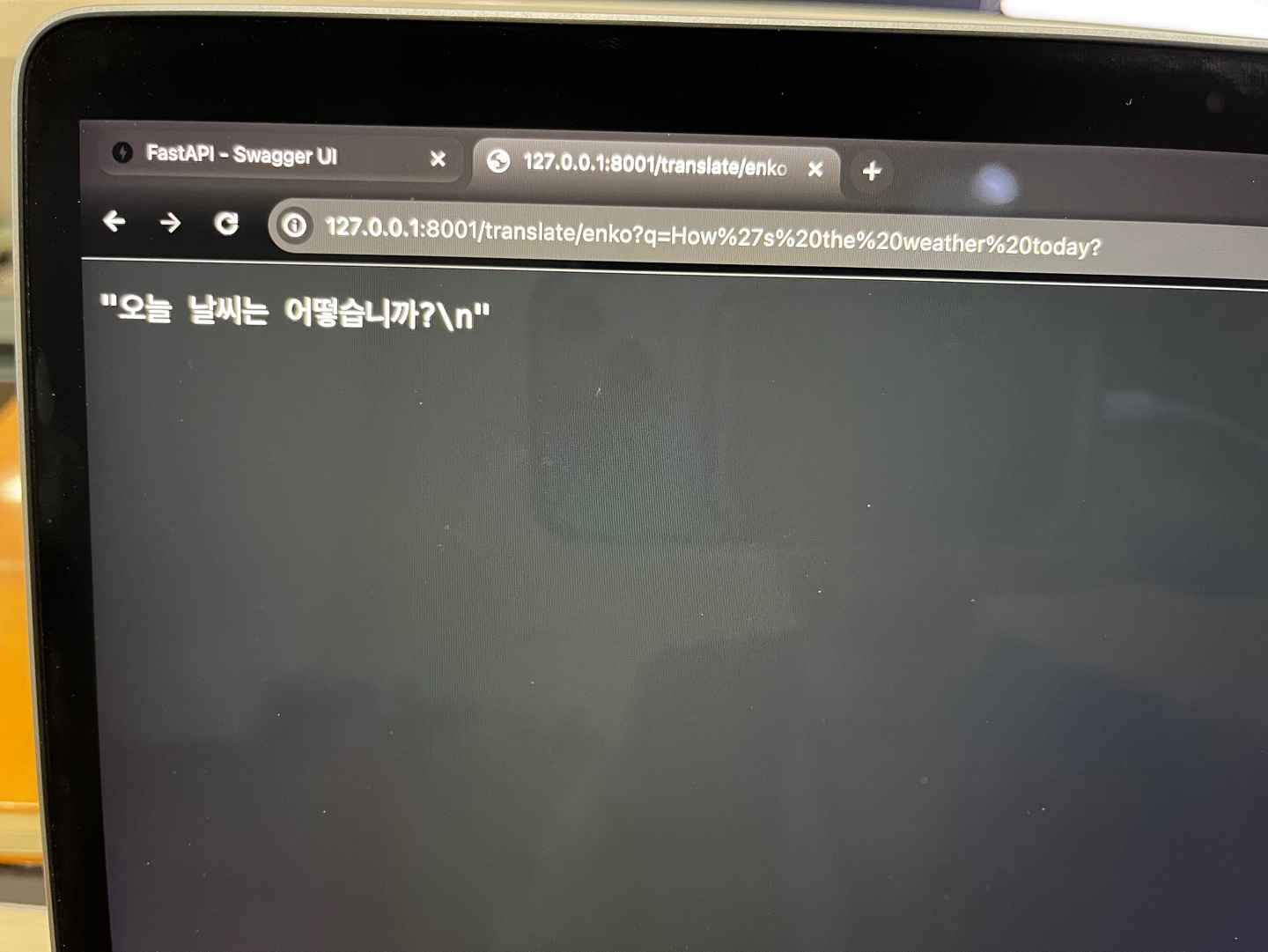import torch
import numpy as np
# 1차원 텐서, 벡터
t = torch.FloatTensor([0., 1., 2., 3., 4., 5., 6.])
t.dim() # 1 (rank, 차원)
t.size() # torch.Size([7]) (shape)
# 2차원 텐서, 행렬
t = torch.FloatTensor([[1., 2., 3.],
[4., 5., 6.],
[7., 8., 9.],
[10., 11., 12.]
])
t.dim() # 2 (rank, 차원)
t.size() # torch.Size([4, 3]) (shape)
t[:, 1] # tensor([2., 5., 8., 11.[) (모든 행, 인덱스가 1인 열)
# 브로드캐스팅
m1 = torch.FloatTensor([[1, 2]])
m2 = torch.FloatTensor([3]) # [3] -> [3, 3]
print(m1 + m2) # tensor([[4., 5.]])
# 행렬 곱셈
a = torch.FloatTensor([[1, 2],
[3, 4]])
b = torch.FloatTensor([[1, 2],
[1, 2]])
c = torch.matmul(a, b)
c # tensor([[ 3., 6.], [ 7., 14.]])
# 차원 변경 뷰(View)
t = np.array([[[0, 1, 2],
[3, 4, 5]],
[[6, 7, 8],
[9, 10, 11]]])
ft = torch.FloatTensor(t)
ft.shape # torch.Size([2, 2, 3])
ft.view([-1, 3]).shape # torch.Size([4, 3])
ft.view([3, -1]).shape # torch.Size([3, 4])
ft.view([-1, 1, 3]).shape # torch.Size([4, 1, 3])
# 1인 차원 제거 스퀴즈(Squeeze)
ft = torch.FloatTensor([[0], [1], [2]])
ft.shape # torch.Size([3, 1])
ft.squeeze().shape # torch.Size([3])
# 1인 차원 추가 언스퀴즈(unsqueeze) - 특정 인덱스에 차원 추가
ft = torch.FloatTensor([[1, 2], [3, 4]])
ft.shape # torch.size([2, 2])
ft.unsqueeze(2) # ft.reshape(2, 2, -1) / torch.size([2, 2, 1])
# 타입 캐스팅
lt = torch.LongTensor([1, 2, 3, 4]) # long 타입
lt.float() # float 타입 tensor([1., 2., 3., 4.])
bt = torch.ByteTensor([True, False, False, True])
bt # tensor([1, 0, 0, 1], dtype=torch.unit8)
bt.long() # tensor([1, 0, 0, 1])
# 연결하기(concatenate)
x = torch.FloatTensor([[1, 2], [3, 4]])
y = torch.FloatTensor([[5, 6], [7, 8]])
torch.cat([x, y], dim=0)
# tensor([[1., 2.],
# [3., 4.],
# [5., 6.],
# [7., 8.]])
torch.cat([x, y], dim=1)
# tensor([[1., 2., 5., 6.],
# [3., 4., 7., 8.]])
x = torch.FloatTensor([1, 4])
y = torch.FloatTensor([2, 5])
z = torch.FloatTensor([3, 6])
# 연결하기(stack) - unsqueeze(차원추가) 후에 연결
torch.stack([x, y, z])
# tensor([[1., 4.],
# [2., 5.],
# [3., 6.]])
torch.stack([x, y, z], dim=1)
# tensor([[1., 2., 3.],
# [4., 5., 6.]])
# (큰 행렬을 자르고 붙일때 유용하게 사용하는 방법)
result = []
for i in range(5):
x = torch.FloatTensor(2, 2)
result += x
result = torch.stack(result)
result.size() #torch.Size([5, 2, 2])
# 0 or 1로 채워진 텐서
x = torch.FloatTensor([[0, 1, 2], [2, 1, 0]])
torch.ones_like(x)
# tensor([[1., 1., 1.],
# [1., 1., 1.]])
torch.zeros_like(x)
# tensor([[0., 0., 0.],
# [0., 0., 0.]])
# 덮어쓰기 연산
x = torch.FloatTensor([[1, 2], [3, 4]])
x.mul(2.)
x # tensor([[1., 2.], [3., 4.]])
x.mul_(2.)
x # tensor([[2., 4.], [6., 8.]])
# 인덱스로 조회하기(index_select)
x = torch.FloatTensor([[[1, 1],
[2, 2]],
[[3, 3],
[4, 4]],
[[5, 5],
[6, 6]]])
indice = torch.LongTensor([2, 1])
x.size() # torch.Size([3, 2, 2])
y = x.index_select(dim=0, index=indice)
y.size() # torch.Size([2, 2, 2])
print(y) # tensor([[[5., 5.],
# [6., 6.]]
#
# [[3., 3.],
# [4., 4.]]])



